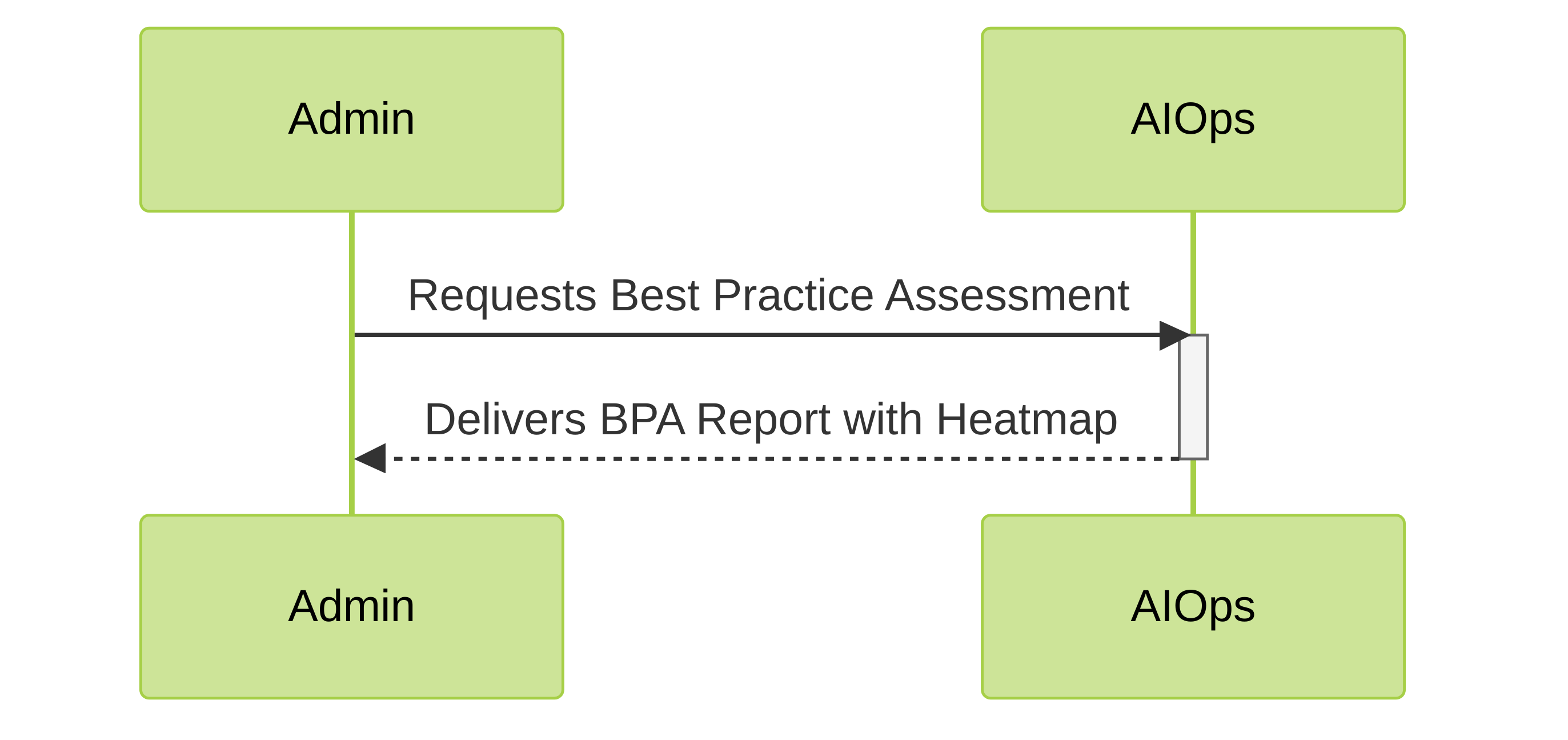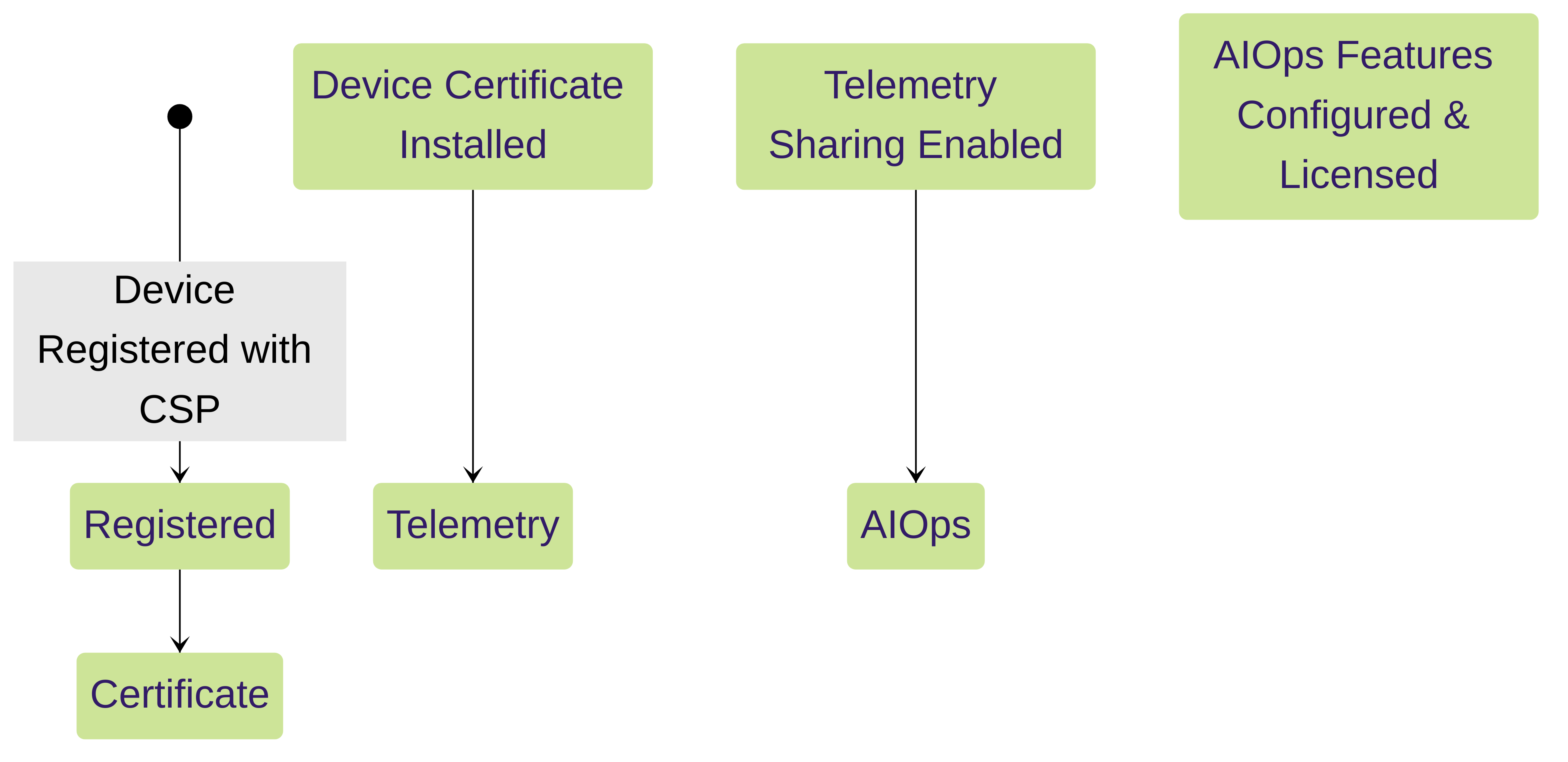Palo Alto Networks AIOps for NGFW and Device Telemetry: A Deep Dive for PCNSE
Introduction to AIOps for NGFW
AIOps for Next-Generation Firewalls (NGFW) from Palo Alto Networks represents a paradigm shift in firewall management. By harnessing the power of artificial intelligence and machine learning, AIOps transforms raw telemetry data into actionable insights, enabling proactive security management, optimized performance, and simplified compliance. This comprehensive guide delves into the core components of AIOps, its benefits for network security professionals, and its significance within the PCNSE certification framework.
The Power of Telemetry: Fueling AIOps
Device telemetry is the lifeblood of AIOps. It encompasses a rich dataset collected from your Palo Alto Networks firewalls and Panorama management server. This data provides a granular view of your network security infrastructure, enabling AIOps to identify anomalies, predict potential issues, and recommend optimal configurations.
Types of Telemetry Data:
- Configuration and Policy Information: Details about security rules, NAT policies, and other configurations.
- Performance Metrics: CPU usage, memory consumption, session counts, and other performance indicators.
- Threat Logs and Security Events: Records of detected threats, security policy matches, and other security-related events.
- Product Usage Statistics: Information on feature usage, license utilization, and other product-related metrics.
- HIP Data (Host Information Profile): Provides insights into device posture and vulnerabilities on endpoints connected to the network. This helps AIOps identify potential security risks associated with compromised or misconfigured endpoints.

Telemetry Data Flow in AIOps
AIOps in Action: Key Benefits and Use Cases
AIOps translates telemetry data into actionable insights that empower security teams to:
- Proactive Security Management: AIOps can identify and alert on anomalous behavior, misconfigurations, and potential security vulnerabilities before they are exploited.
- Optimized Performance: By analyzing performance metrics, AIOps can recommend configuration changes to improve firewall throughput and reduce latency.
- Simplified Compliance: AIOps helps ensure adherence to security best practices and regulatory requirements through automated assessments and reports. Example: AIOps can help identify and rectify configurations that don't comply with PCI DSS or HIPAA.
- Automated Troubleshooting: AIOps can correlate events across multiple devices and provide insights to streamline troubleshooting efforts. Example: Identifying the root cause of a network outage by correlating logs from multiple firewalls and Panorama.
- Reduced Operational Overhead: By automating routine tasks such as policy tuning and best practice assessments, AIOps frees up valuable time for security teams to focus on more strategic initiatives.

Example: AIOps BPA Workflow
Enabling and Configuring AIOps
Enabling AIOps requires a few key steps:
- Device Registration: Ensure your firewall or Panorama is registered with the Palo Alto Networks Customer Support Portal (CSP).
- Certificate Installation: Install a valid device certificate on the firewall or Panorama.
- Telemetry Sharing: Enable telemetry sharing on the device. This is done via the web interface or CLI. Be sure to specify the desired level of data sharing.

AIOps Activation States
Security and Privacy Considerations
Palo Alto Networks prioritizes the security and privacy of telemetry data. Key safeguards include:
- Encryption in Transit: Data is encrypted using TLS 1.3 during transmission.
- Encryption at Rest: Data is encrypted at rest using AES-256 within Google Cloud Platform (GCP).
- Access Controls: Strict access controls limit data access to authorized personnel only.
- Compliance: AIOps adheres to SOC 2 Type II certification standards.
- Data Minimization: You can configure the level of telemetry data shared, minimizing the amount of sensitive information transmitted.

Telemetry Data Security
Required Domains and Connectivity
Ensure the following domains are accessible to your firewalls and Panorama for proper telemetry functionality, especially when using a proxy server:
-
*.prod.di.paloaltonetworks.cloud -
*.paloaltonetworks.com -
*.prod.di.paloaltonetworks.com -
*.prod.reporting.paloaltonetworks.com -
*.receiver.telemetry.paloaltonetworks.com -
https://storage.googleapis.com
Consult the official documentation for the latest list of required domains, including any region-specific endpoints.